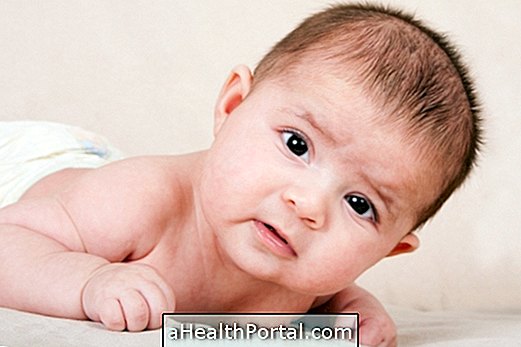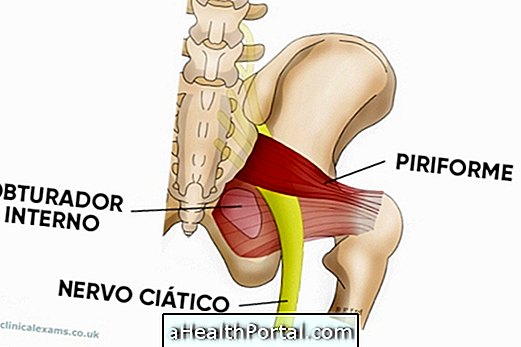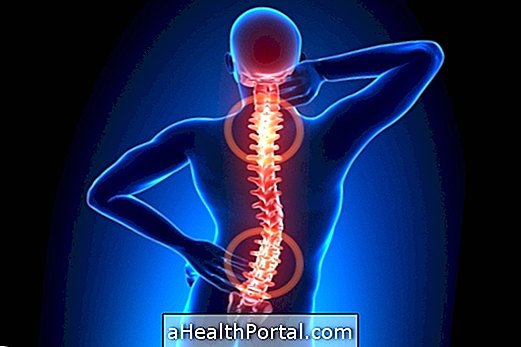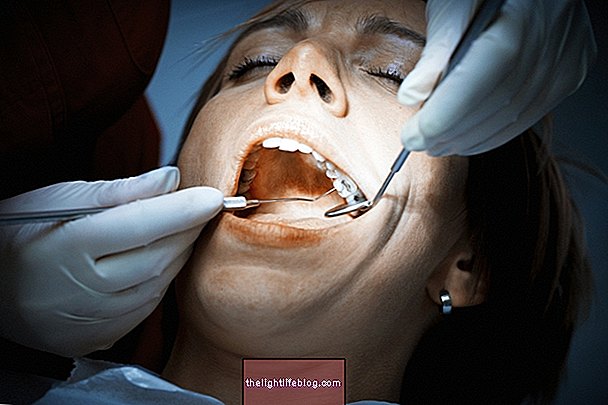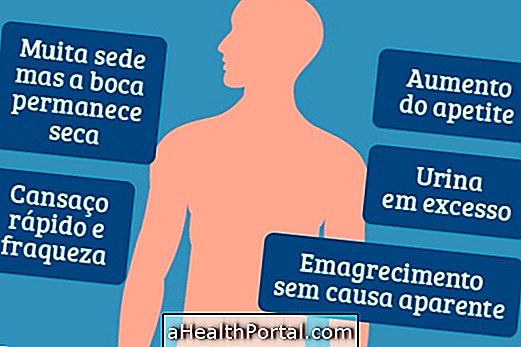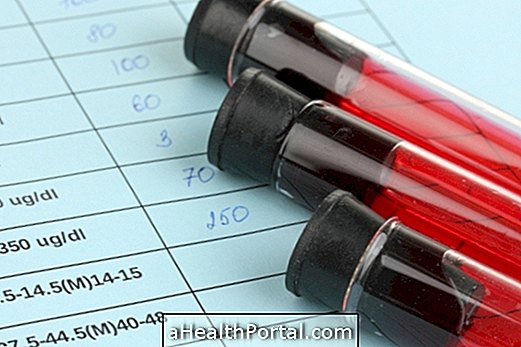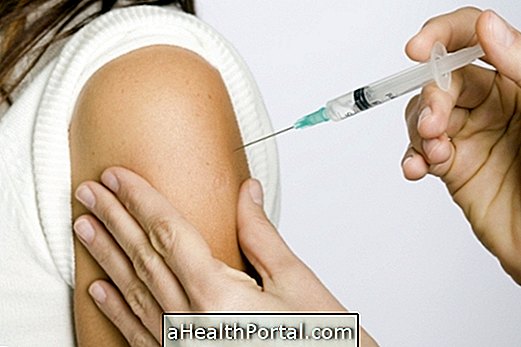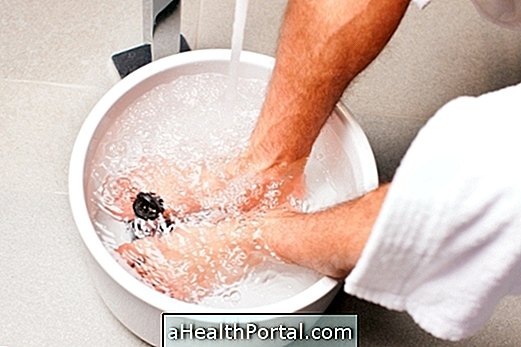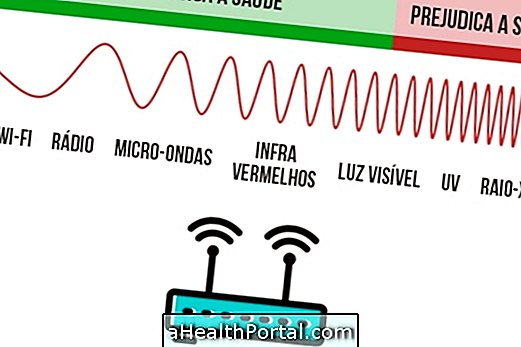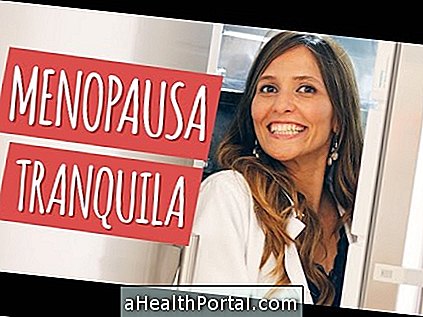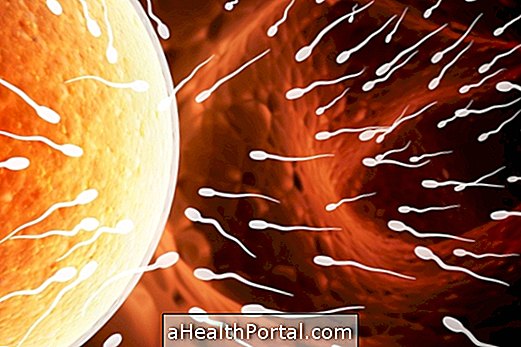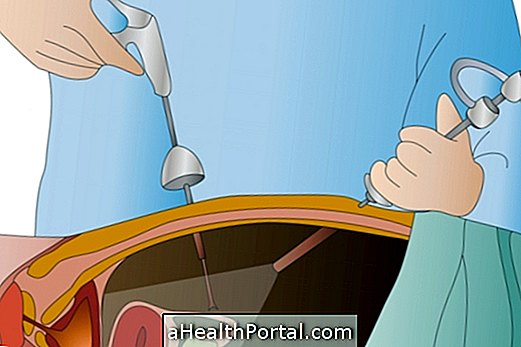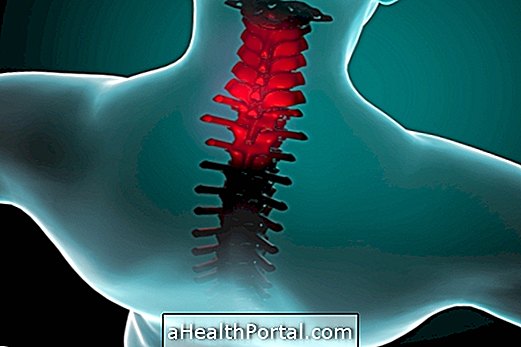Physical therapy is indicated for treatment in case of rupture of the anterior cruciate ligament (ACL) and is a good alternative to the reconstruction surgery of this ligament.
Physiotherapeutic treatment depends on the age and if there are other problems in the knee, but usually it is done with the use of devices, stretching exercises, joint mobilization and strengthening of the muscles of the anterior and posterior thigh, mainly, to guarantee the stability of this joint and the return of daily activities as soon as possible.
When to start physical therapy
Physical therapy may begin on the same day as the knee ligament rupture and treatment should be progressive and performed daily until the individual recovers completely. The sessions can last from 45 minutes to 1 or 2 hours, depending on the treatment chosen by the physiotherapist and the resources available.

How Knee Physiotherapy Is Done
After assessing the knee and observing the MRI, if the person has it, the physiotherapist can determine how the treatment will be, which should always be individualized to meet the needs that the person presents.
However, some features that may be indicated are:
- Exercise bike for 10 to 15 minutes to maintain cardiovascular fitness;
- Use of ice packs, which can be applied during rest, with the leg elevated;
- Electrotherapy with ultrasound or TENS to relieve pain and facilitate ligament recovery;
- Mobilization of the patella ;
- Exercises to achieve knee bending that should initially be performed with the help of the physiotherapist;
- Isometry exercises to strengthen the entire thigh and the back of the thigh;
- Strengthening exercises of the thigh muscles (hip abductors and adductors, extension and flexion of the knee, squats, leg-press exercises and squatting on one foot only);
- Stretches that should initially be performed with the help of the physiotherapist, but can then be controlled by the person.
Once the person is able to feel no pain and is already able to perform the exercises without great restrictions, one can put pesinhos and increase the number of repetitions. It is usually indicated to do 3 sets of 6 to 8 repetitions of each exercise, but then you can increase the difficulty of the exercise by adding weight and increasing the number of repetitions.
Check here some knee strengthening exercises that, although in the video are indicated in case of arthrosis, may also be indicated for recovery of ACL rupture:

How much time does the treatment last
The number of sessions required depends on the person's overall health, age, and adherence to treatment, but generally young adults and adolescents in good health and who attend physiotherapy sessions at least 3 times a week recover around of 30 sessions, but this is not a rule and may require more time for full recovery.
Only the physiotherapist directing the treatment may indicate approximately how long treatment will be required, but during sessions, the physiotherapist may continually reassess the individual to check the results and thus be able to alter or add other physiotherapeutic techniques that better meet the intended purpose.
When to return to the gym or sports
Returning to the gym or playing sports may take a few more weeks, because when practicing some kind of sport such as running, soccer, muay-thay, handball or basketball, a final treatment is still needed, aimed at improving the movement capacity during this type of training.
In this case the treatment should be done basically with exercises in the trampoline, bosu and others like, race carioca, which consists of a lateral race crossing the legs, race with abrupt changes of direction, cuts and turns. The physical therapist can personally indicate the best time to go back to running slowly, like a trot, or when you can return to bodybuilding depending on the limitation of movement and if there is any pain.
This last phase of the exercises is important for all people, but especially in case of physical activity practitioners because they help in the final adjustments and complete recovery of the injury and also the person's confidence in return to the sport because if the person returns but not yet If you feel safe, a new injury to this ligament or other structure may occur.

